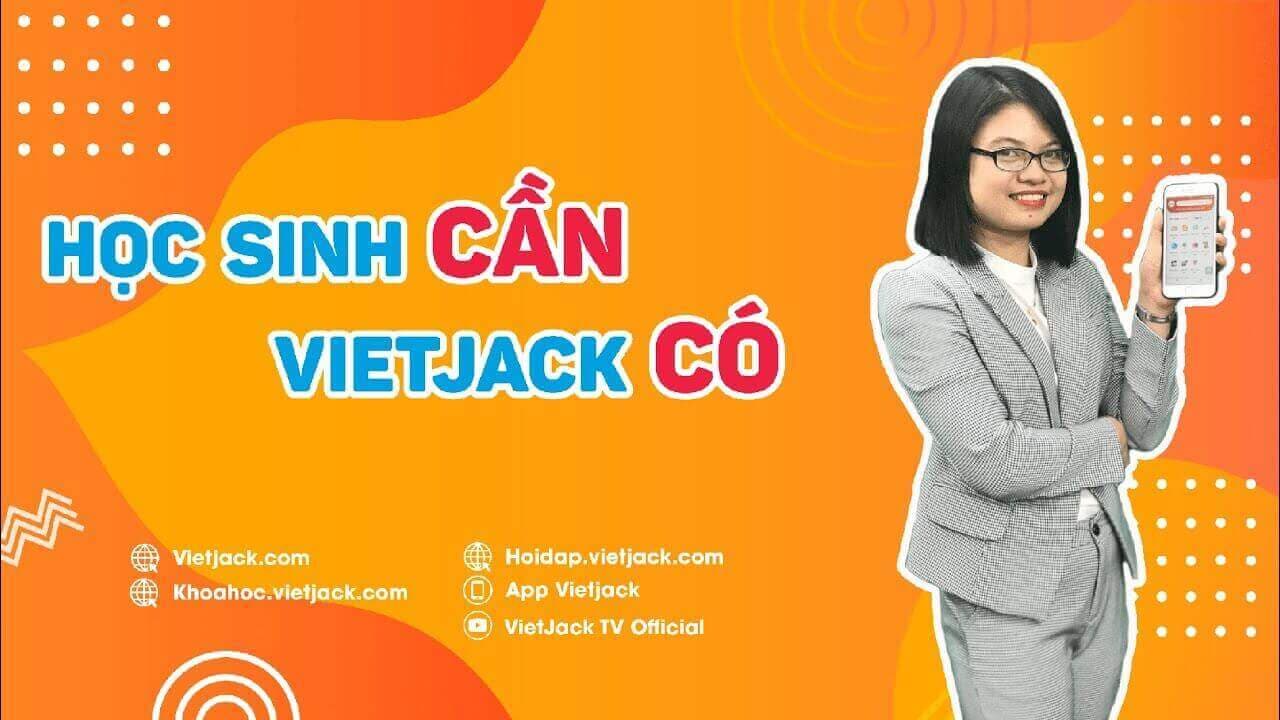20 CÂU HỎI
I. PHẦN CÂU HỎI TRẮC NGHIỆM (5 điểm)
Choose the best answer to complete the following sentences (1.25m).
Learning in a……….classroom also has fewer distractions than learning online.
A. tradionally
B. traditional
C. tradition
D. traditions
Japan is the biggest financial provider to this economic……….
A. organised
B. organisation
C. organise
D. organising
Both men and women can work as……….
A. equality
B. gender
C. organisation
D. surgeons
We will work in groups and……….the topic in class.
A. harm
B. do
C. pay
D. discuss
My school is trying to change from face-to-face to……….so sometimes we have online classes.
A. offline learning
B. blended learning
C. traditional learning
D. face-to-face learning
What is the best title of the passage?
A. What is your learning style?
B. What are you learning?
C. What is your learning motivation?
D. Why are you learning
What does the word "it" in paragraph 1 refer to?
A. the lecture
B. the note
C. the new word
D. the written word
The word " visual " in the paragraph 1 is closest in meaning to............
A. written
B. picturesque
C. seeable
D. illustrative
Which of the following is probably NOT preferred by a visual learner?
A. making notes
B. reading aloud
C. sources with illustrations.
D. sources with videos
Which of the following statement is TRUE?
A. Most people are auditory learners
B. Auditory learners prefer listening to speaking
C. When learning something by heart, an auditory learner prefers reading it out loud
D. Auditory learners hate taking notes
Choose the best answer to complete the following sentences (1.25m)
Parents should not treat boys differently……….girls.
A. to
B. with
C. at
D. from
All girls……….be provided with access to education.
A. must
B. can
C. ought to
D. could
The ASEAN markets are……….competitive than the EU markets.
A. little
B. least
C. less
D. the least
Some teachers……….levels of IT are not very high may resist teaching with electronic devices.
A. they
B. whose
C. who
D. their
Cooking classes………. be offered to all students.
A. shouldn’t
B. may
C. must
D. musn’t
The United Nations Educational Scientific and Cultural Organisation (UNESCO) was __( 16 )__ in 1945.
A. found
B. promoted
C. join
D. formed
It aims __( 17)__ world peace and security through international cooperation in education, the sciences and culture.
A. to promise
B. to promote
C. to commit
D. to respect
UNESCO supports projects that improve education quality, develop both natural and __( 18 )__ sciences, protect independent media and freedom of press.
A. social
B. sensible
C. sociable
D. society
In addition it helps __( 19 )__ regional and cultural history.
A. protect
B. prepare
C. promise
D. protest
UNESCO aims to help countries promote their history, traditions, buildings and places of __( 20 )__ and natural importance.
A. practical
B. culture
C. economic
D. cultural
